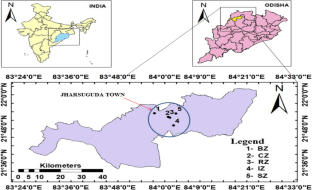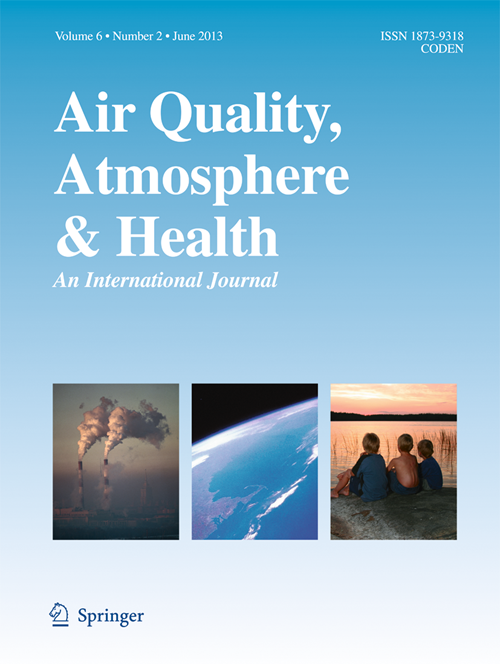Chemical fractionation of elements in leaf-deposited particulate matter of an urban area in India
Abstract
Plants act as natural scrubbers of urban air particulate matter. However, chemical fractionation of leaf-deposited particulate matter is an unexplored research area demanding immediate attention to get an insight into the source and fate of elements in plants. Therefore, work was carried out to evaluate the spatial and species variability in capturing air particles with variable elemental chemical fractions in an urban area in India. The results favor a distinct spatial and species variability in trapping total and fractional elemental leaf-deposited particulate matter (p < 0.05). Spatially, sensitive (0.135–16.979 μg/cm2) and industrial zones (0.043–3.982 μg/cm2) had a significant impact on the elemental fractionation of particles with the highest inter-species variation. Similarly, Mangifera indica was the best performer in trapping elements of all chemical fractions and was in the order M. indica > Butea monosperma > Ficus benghalensis. Ca and Na were found to be in all chemical fractions. When evaluated for biochemical impact, the leaf-extract pH and relative water content did not show any significant role in regulating the chemical fractionation in leaf deposits. Scanning electron micrographs highlighted the role of the waxy layer and pubescens as efficient particle retention zones. Thus, it is concluded that the chemical fractionation of elements in leaf-deposited particulate matter depends on the category of area and type of plant species.


 求助内容:
求助内容: 应助结果提醒方式:
应助结果提醒方式:


